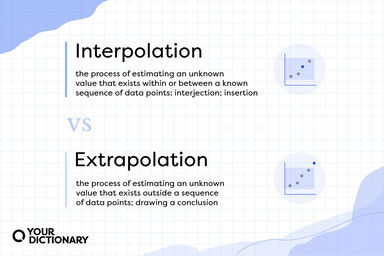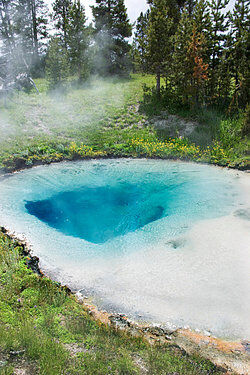This latter process is termed analysation, and an instrument is called a polarizer or an analyser according as it is used for the first or the second of these purposes.
Foucault invented in 1857 the polarizer which bears his name, and in the succeeding year devised a method of giving to the speculum of reflecting telescopes the form of a spheroid or a paraboloid of revolution.
Malus that the interposition of a doubly refracting plate between a polarizer and an analyser regulated for extinction has the effect of partially restoring the light, and he used this property to discover double refraction in cases in which the separation of the two refracted streams was too slight to be directly detected.
Arago in 1811 found that in the case of white light and with moderately thin plates the transmitted light is no longer white but coloured, a variation of brightness but not of tint being produced when the polarizer and analyser being crossed are rotated together, while the rotation of the analyser alone produces a change of colour, which passes through white into the complementary tint.
This explanation is incomplete, as it leaves out of account the action of the polarizer and analyser, and it was with the purpose of removing this defect that Fresnel and Arago undertook the investigations mentioned above and thus supplied what was wanting in Young's explanation.





